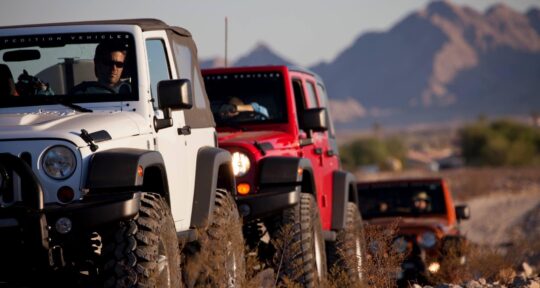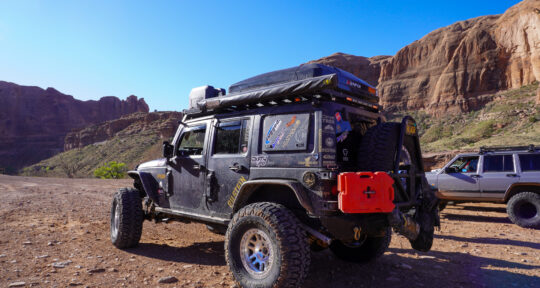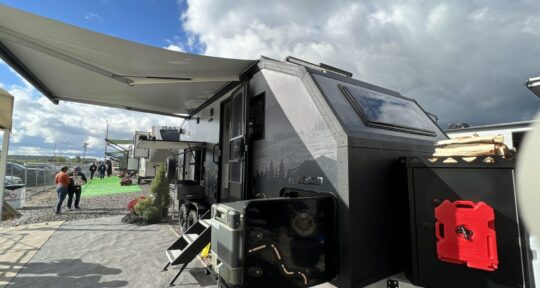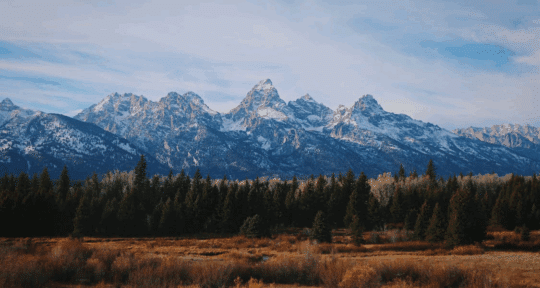For most dedicated outdoor enthusiasts, the principles of Leave No Trace are common knowledge: respect wildlife, dispose of waste properly, be considerate of others, and so forth. But while this framework covers a lot of ground (so to speak) when it comes to human-powered recreation—think hiking and mountain biking—it doesn’t quite account for all the additional impact brought on by motorized recreation. This is where organizations like Tread Lightly! come in.
The national nonprofit, which came out of the U.S. Forest Service in 1990, works to keep motorized recreation use available on public lands through stewardship and conservation efforts, education, and communication and outreach.
Interested in overlanding? Here’s where to start and what to know
According to Matt Caldwell, executive director of Tread Lightly!, land managers across state and federal agencies responsible for public lands are substantially under-resourced. “Tread Lightly!—and the volunteers and industry partners that jump in to do that boots-on-the-ground work—play a vital role in terms of filling in the gap on those resources,” Caldwell says.
Motorized recreation can include anything from e-bikes to ATVs to four-wheel drive overlanding vehicles, but the goal in creating awareness and education is the same across the board: to protect the trails and keep them open for future use.

The terms off-roading and overlanding are sometimes used interchangeably, and while there’s overlap, they’re not the same thing. Off-roading is driving on unpaved roads and trails. Overlanding can be described as a form of off-road travel that includes camping, often over multiple days or longer, in a self-sustained vehicle customized for this purpose.
Whether your focus is on off-roading day trips or longer overlanding excursions, here are five tips for hitting the trails responsibly.
1. Educate yourself
When it comes to motorized recreation, Matt Caldwell says that the first step is educating yourself. He points to the Tread Lightly! website, which features overlanding-specific resources, online courses, and more. He also recommends contacting land managers in the areas you want to explore. “A lot of times there are courses available in your area, whether that’s recovery courses or off-road driving courses,” he says. “Anything you can do to participate in those is always a great place to start.”
Beyond taking courses and researching best practices, it’s also smart to seek out help from more experienced overlanders. Online forums, YouTube videos, and social media platforms are useful places to start, as is attending events such as Overland Expo. Even experienced overlanders can benefit from a refresher on sustainable off-road travel.
“Be hungry for the information and continue to expand your knowledge base as you continue to expand your adventures,” Caldwell says.
How to off-road like a pro in your own vehicle
2. Know where you can go
The term “overlanding” may conjure up images of vehicles traversing across completely untouched terrain, far from any signs of civilization. This isn’t necessarily true—in the U.S., most overlanding and off-roading activities take place within designated areas of public lands. While it’s true that these areas are often remote and largely void of other humans—some of the most attractive aspects of overlanding—that doesn’t mean that you’re allowed to drive just anywhere.
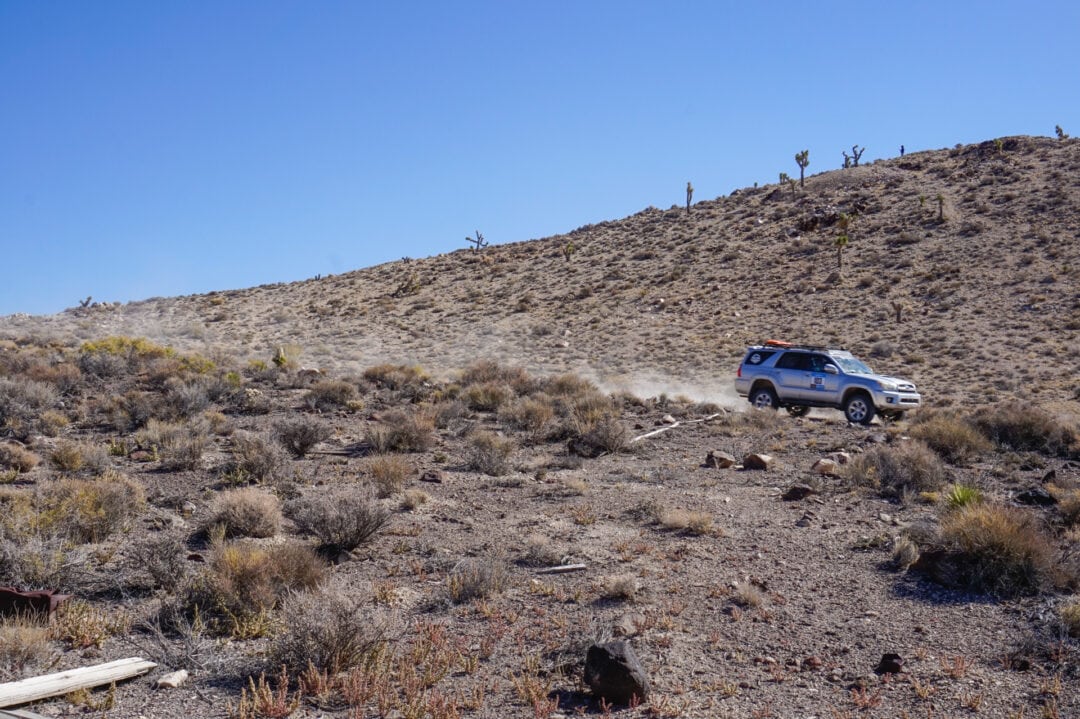
“Staying on trail is one of the most important things that new off-roaders need to know,” says Eric Ammerman, director of creative content at Quadratec, and an avid off-roader. Quadratec, an aftermarket Jeep parts and accessories company, has partnered with Tread Lightly! on various public land stewardship programs for the past 20 years.
“You’re not just blasting through the public land or forest and making your own new trail,” Ammerman says. “You need to stay on established trails, so you’re not affecting the environment around you.”
New ‘50 for 50’ project helps protect off-road areas across the country
Evan Robins, education and stewardship manager for Tread Lightly!, recommends learning as much as possible about the travel management systems in any areas that you want to explore. “If you’re in a vehicle, get a motorized vehicle use map, or an MVUM,” he says. “A motorized vehicle use map is a very handy and easily obtainable piece of kit that you should have.”
MVUMs are detailed maps, published by the U.S. Forest Service (USFS), showing which roads and trails are designated for motor vehicles—including which types of vehicles are allowed, and during which seasons. They can also be used to find free camping on national forest land. Maps can be downloaded from USFS websites, or, in some cases, print versions are available at visitor centers and ranger stations.
7 overlanding routes with campgrounds nearby
3. Pack out your trash
While the “pack it in, pack it out” mindset is common in the hiking community, not everyone in off-roading has caught on to the message. The basic idea is that anything you bring to the trail, you should also carry back with you.
“You’d think that in a vehicle, you’d know to always have a trash bag, but it’s one of those things that not everybody gets right out of the gate,” Ammerman says. He regularly sees remote campsites with no trash pickup, where people leave bags of garbage behind, and has made a habit of picking it up himself. “I go off-roading and come back with two full trash bags every single time,” he says.
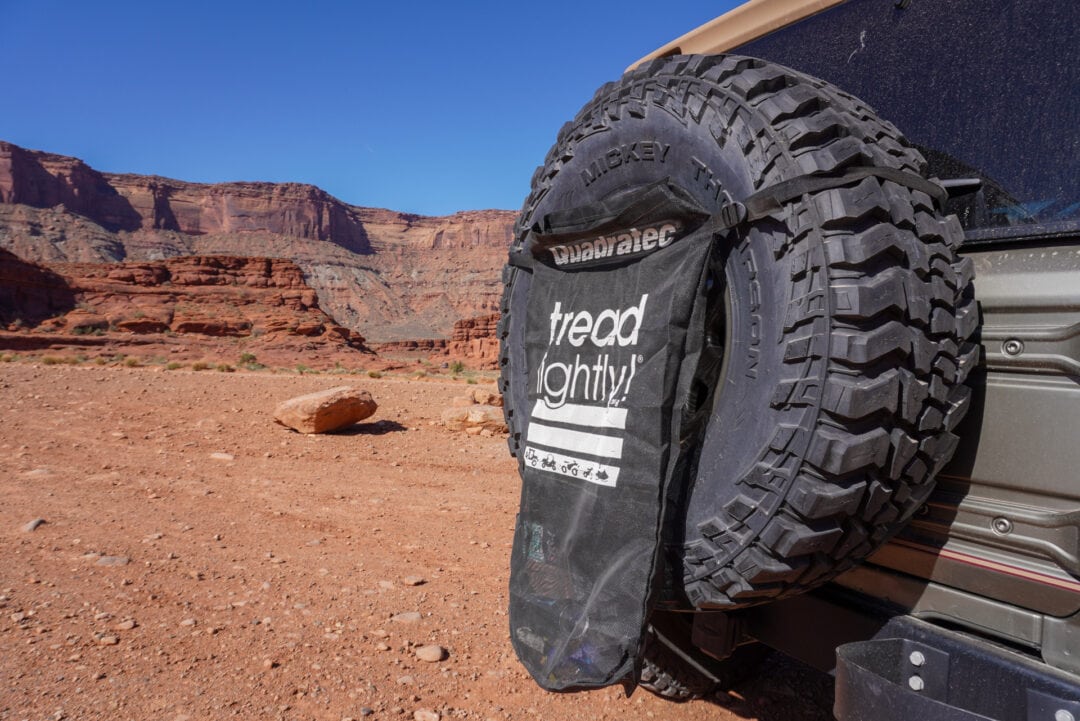
One of the easiest things you can do to be a responsible off-roader is to always pack out your trash. Keep a garbage bag, like a spare tire trash pack, in your vehicle, and consider picking up any trash you encounter and dispose of it properly once you get off the trail.
“We see a lot of littering and trash, and that’s something we’re always working on,” says Robins, pointing to Tread Lightly!’s TREAD principles: travel responsibly, respect the rights of others, educate yourself, avoid sensitive areas, and do your part. “If you fit that into your type of recreation, you’re going to have a sustainable and enjoyable trip and we’ll all get to continue to go to the places we love.”
How to leave no trace during your summer road trip
4. Safety comes first
Focusing on safety is important in order to have an enjoyable experience where no one gets hurt, but it also helps avoid putting additional strains on public lands’ already limited resources. Rescue efforts can be costly and time-consuming—and in many cases they can be avoided entirely through proper preparation.
Bring extra water and food, sun protection, a first aid kit, layers, and blankets or a sleeping bag—even if you’re not planning on staying overnight. Make sure you carry extra gas, tools, and a vehicle recovery kit, which should include things like tow straps, recovery boards, rope, and jumper cables.
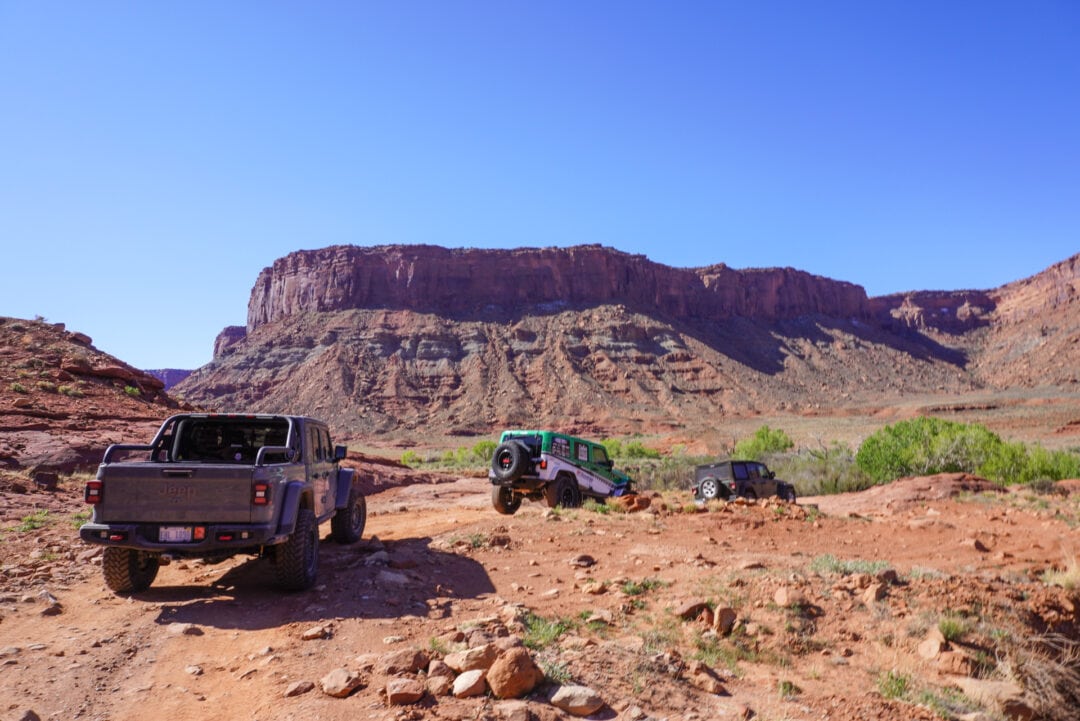
It’s also smart to travel in a group, with multiple vehicles, and to carry an emergency communication device.
“Tell someone where you’re going and when you’re going to be back,” Robins says. “People get lost all the time, experienced or inexperienced doesn’t really matter. Life happens and we’re not always in hospitable places. So take care of yourself out there.”
20 overlanding essentials: Gear and gadgets for the ultimate off-road camping adventure
5. Pay it forward
Once you’ve educated yourself and made sustainable practices part of your off-roading routine, it’s hard to not want to pay it forward and help educate others.
“We’re at a place where we have a lot of new people to outdoor recreation,” says Caldwell. So anything that we can do to share a positive message and make people aware of the opportunities that exist, it’s hugely beneficial.”
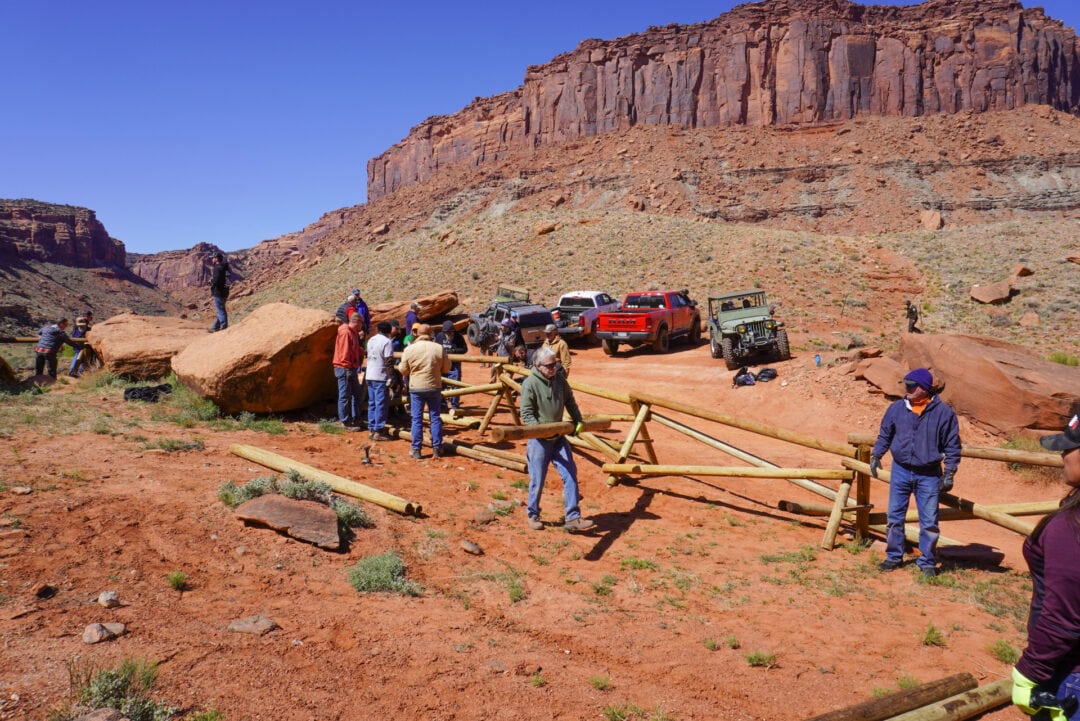
One of the best ways to help give back to public lands is to volunteer with local or national organizations. According to Caldwell, Tread Lightly! is on track to complete more than 100 conservation, stewardship, and trail restoration projects nationwide in 2022. These projects range from cleaning up trash to building fences and putting up signs, and typically include an educational component as well.
“Everybody can play a part in maintaining the trail systems and making sure that we have them for today, tomorrow, and for the next generation. And I think it’s up to each person to figure out what that looks like for them,” Caldwell says. “I really encourage everybody to find out how they can be part of making sure that we protect the fun and adventure of future generations.”
